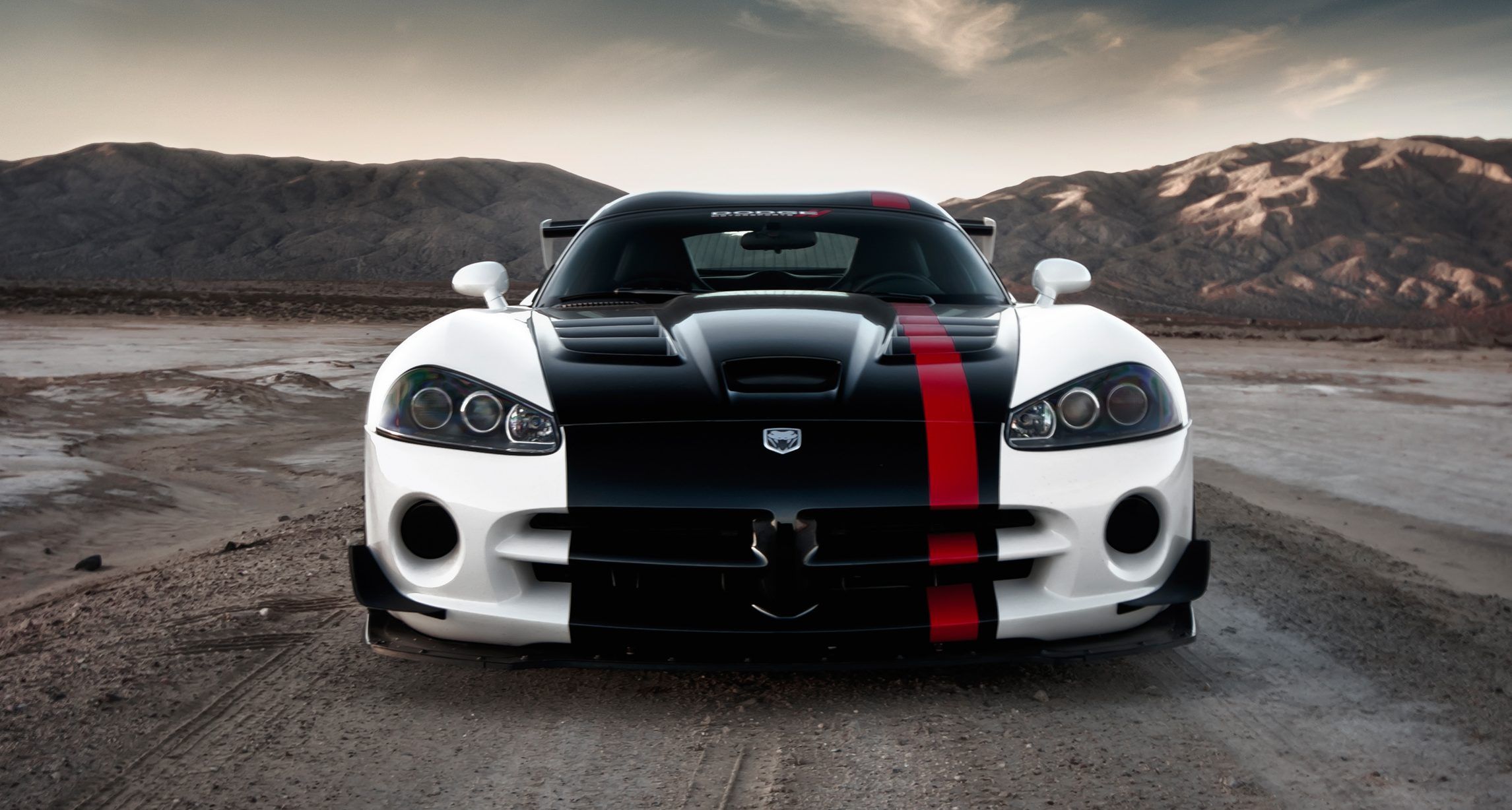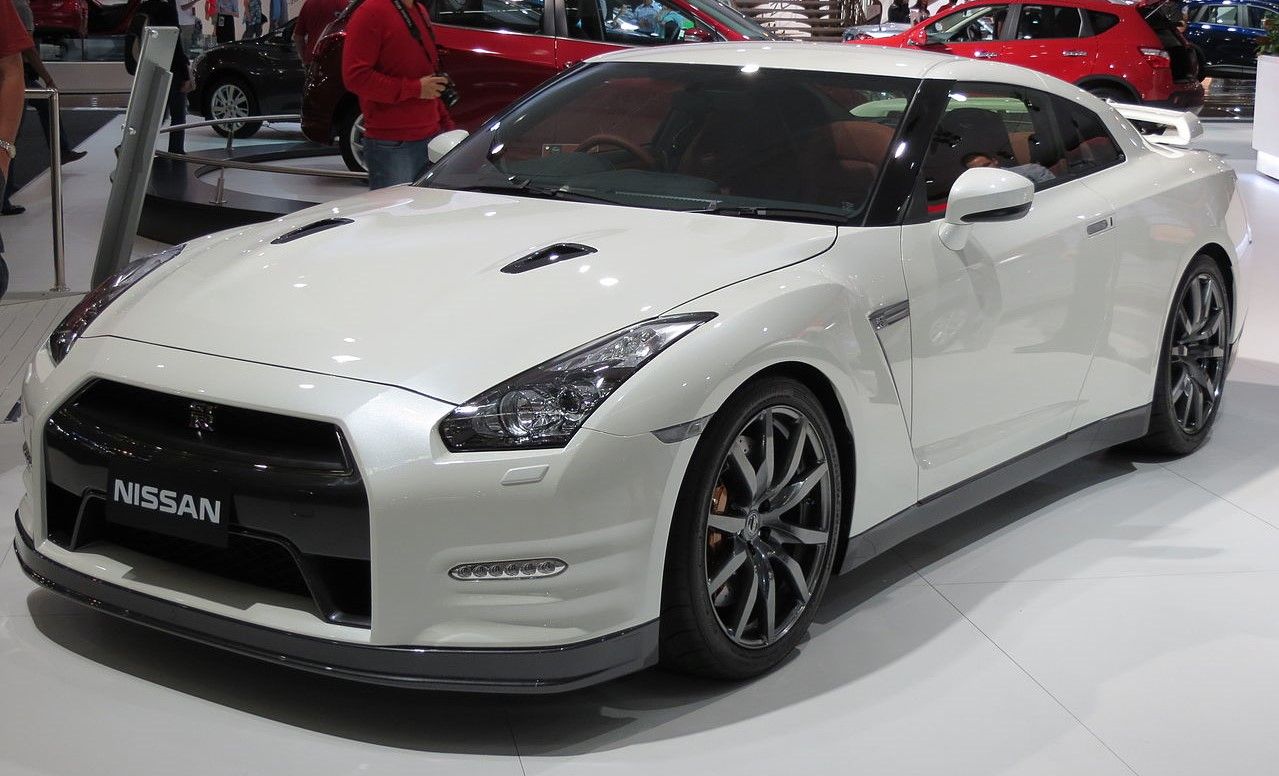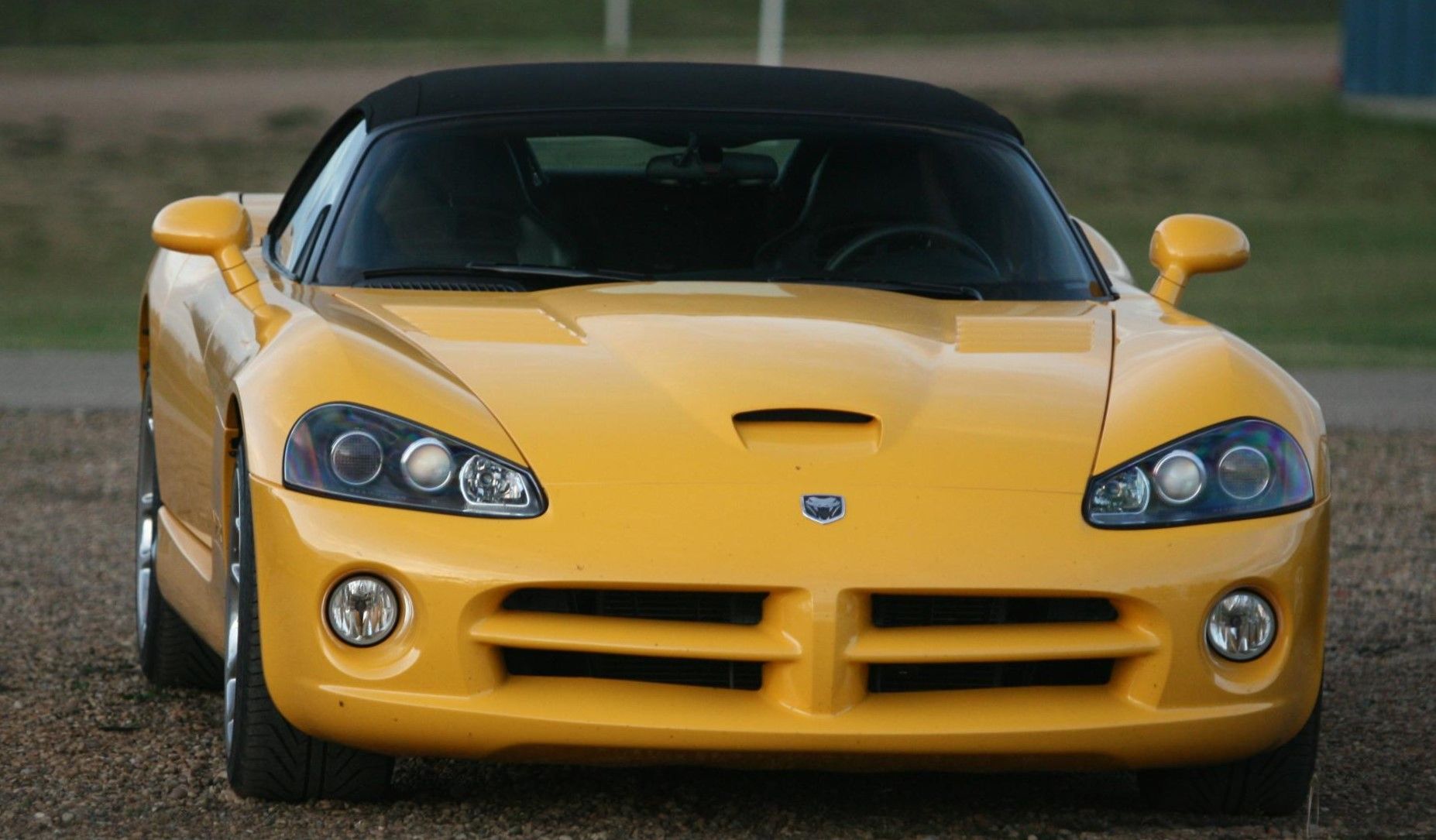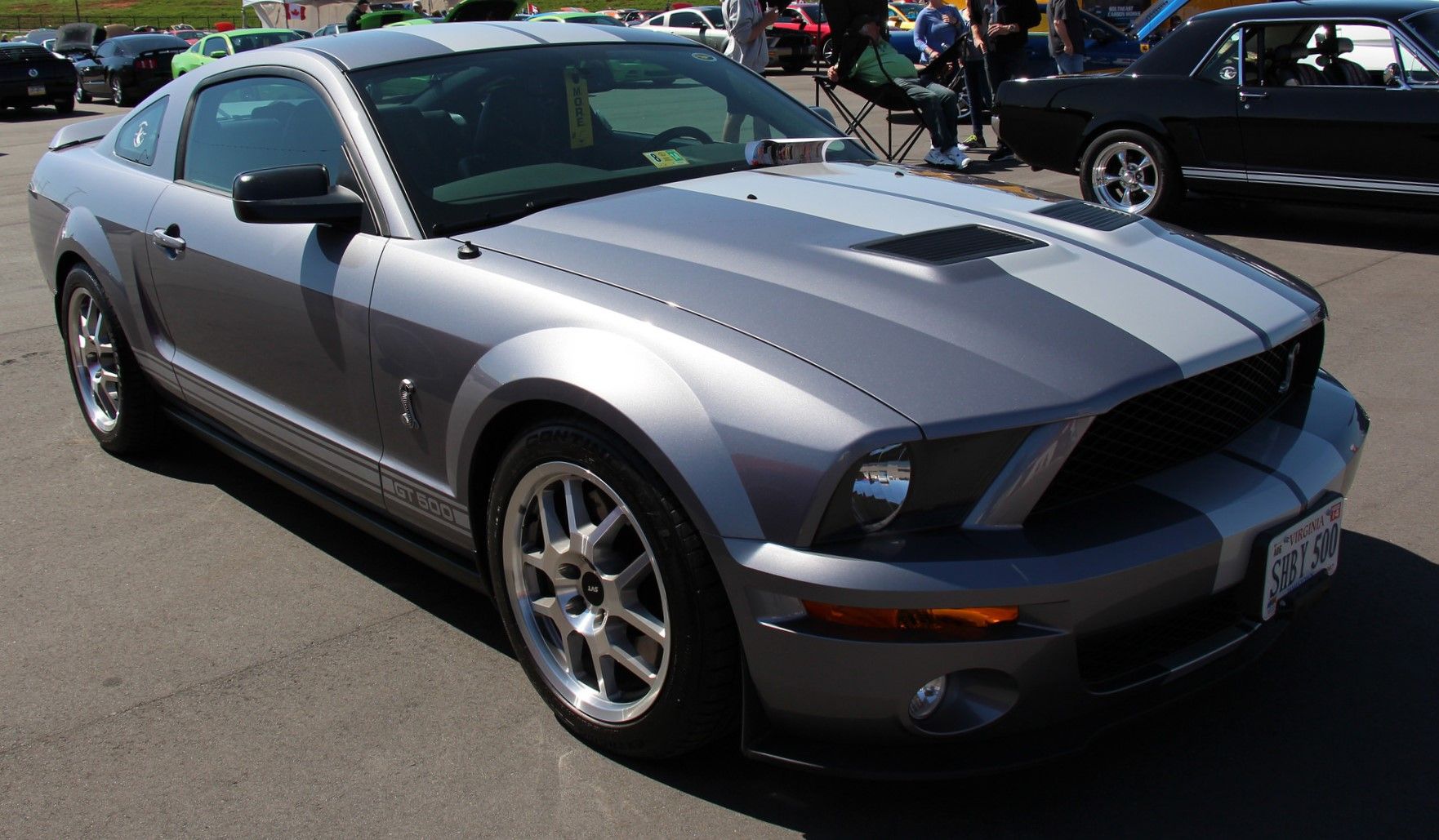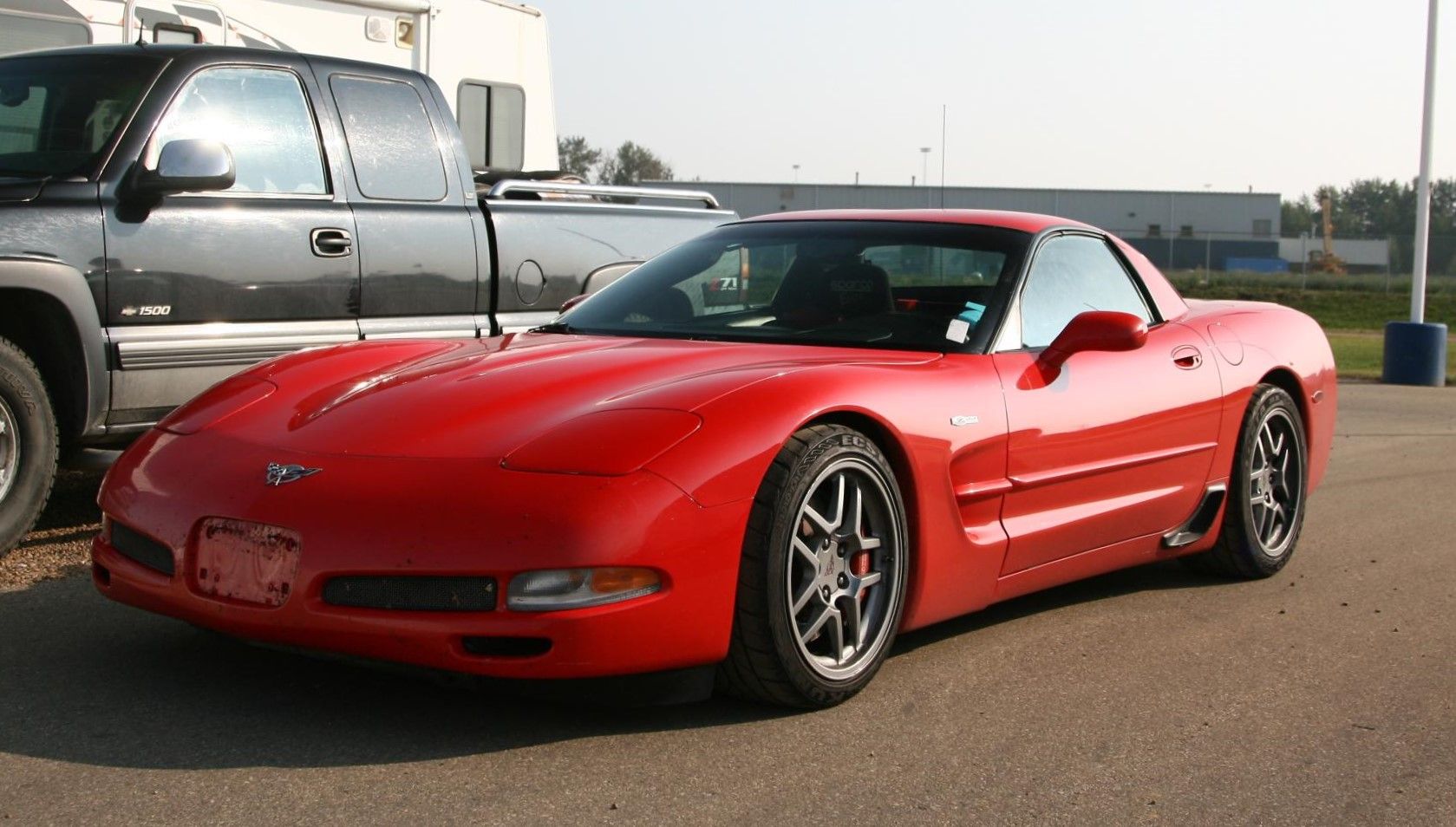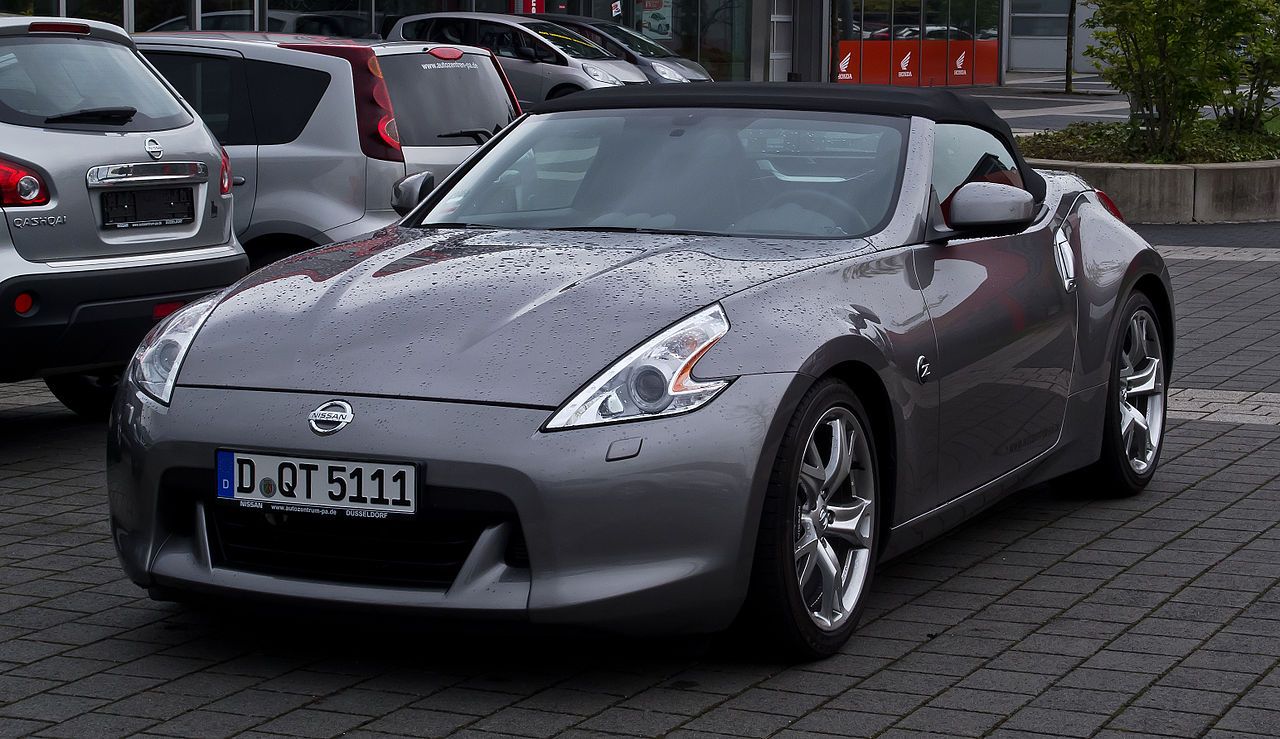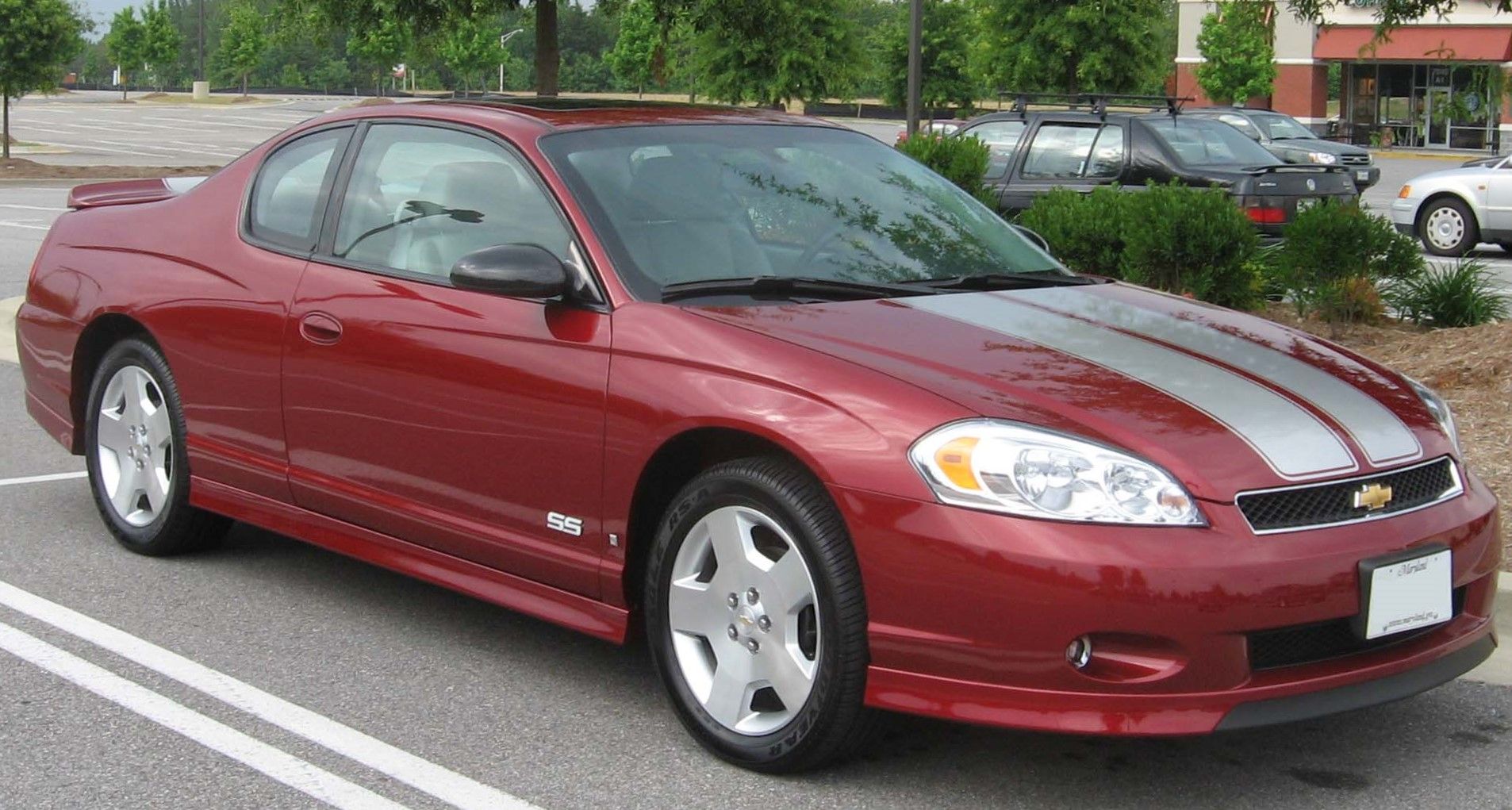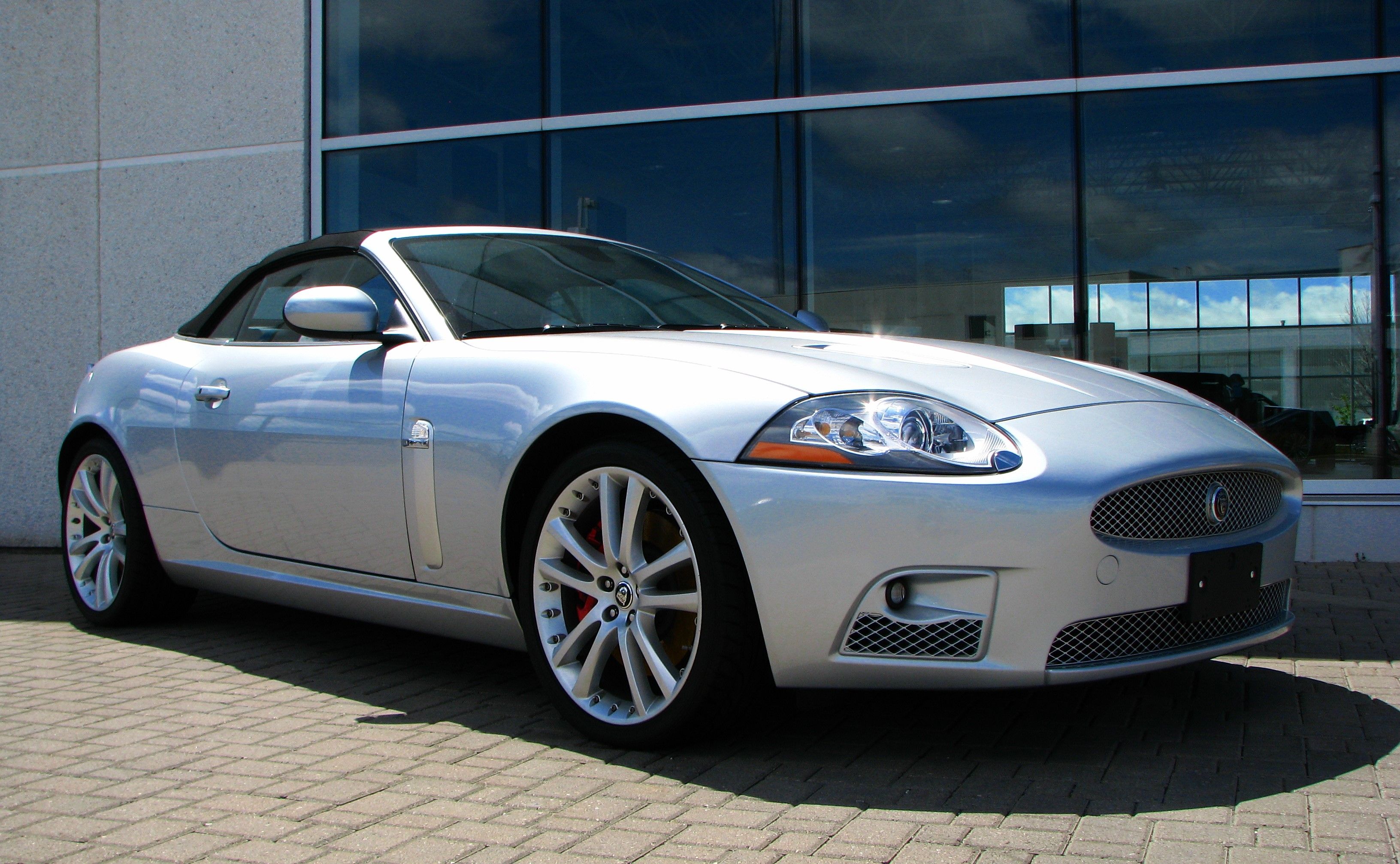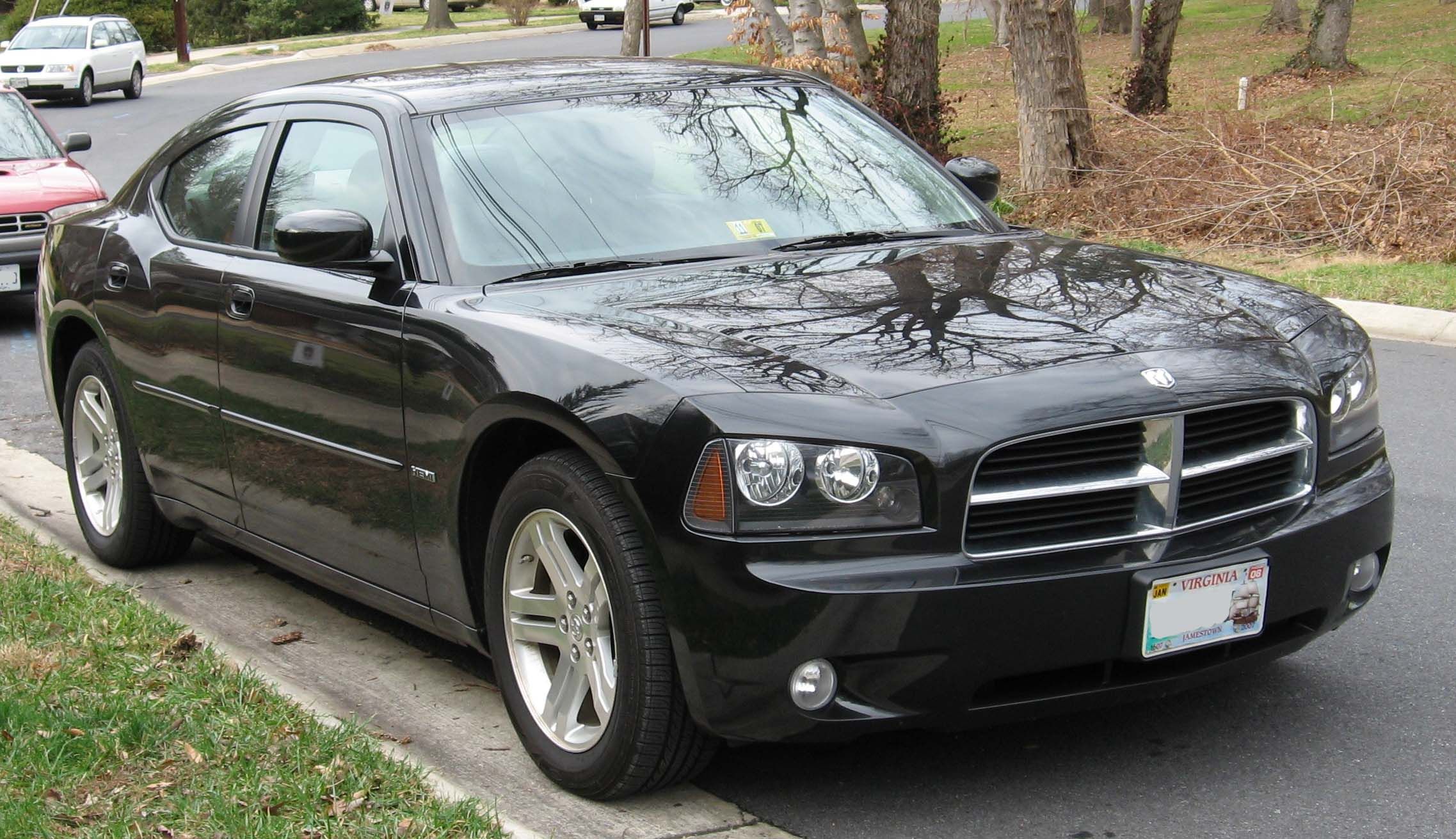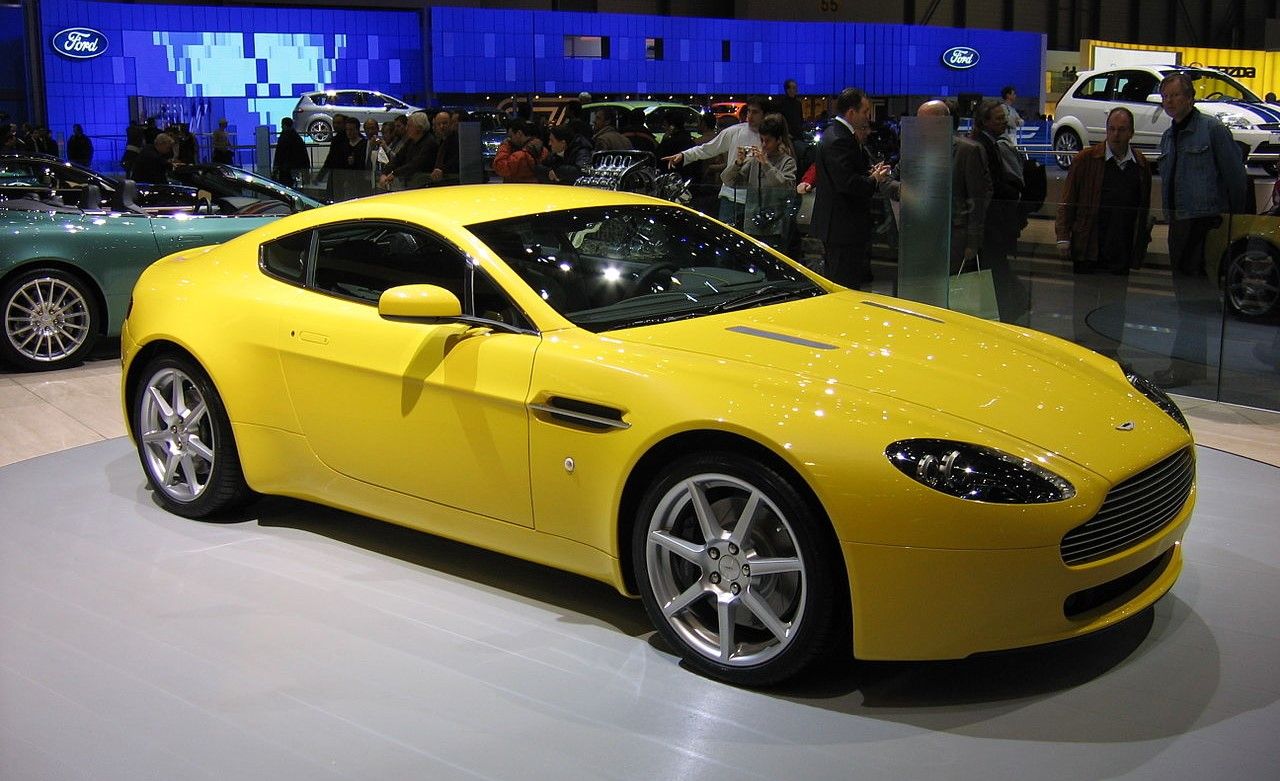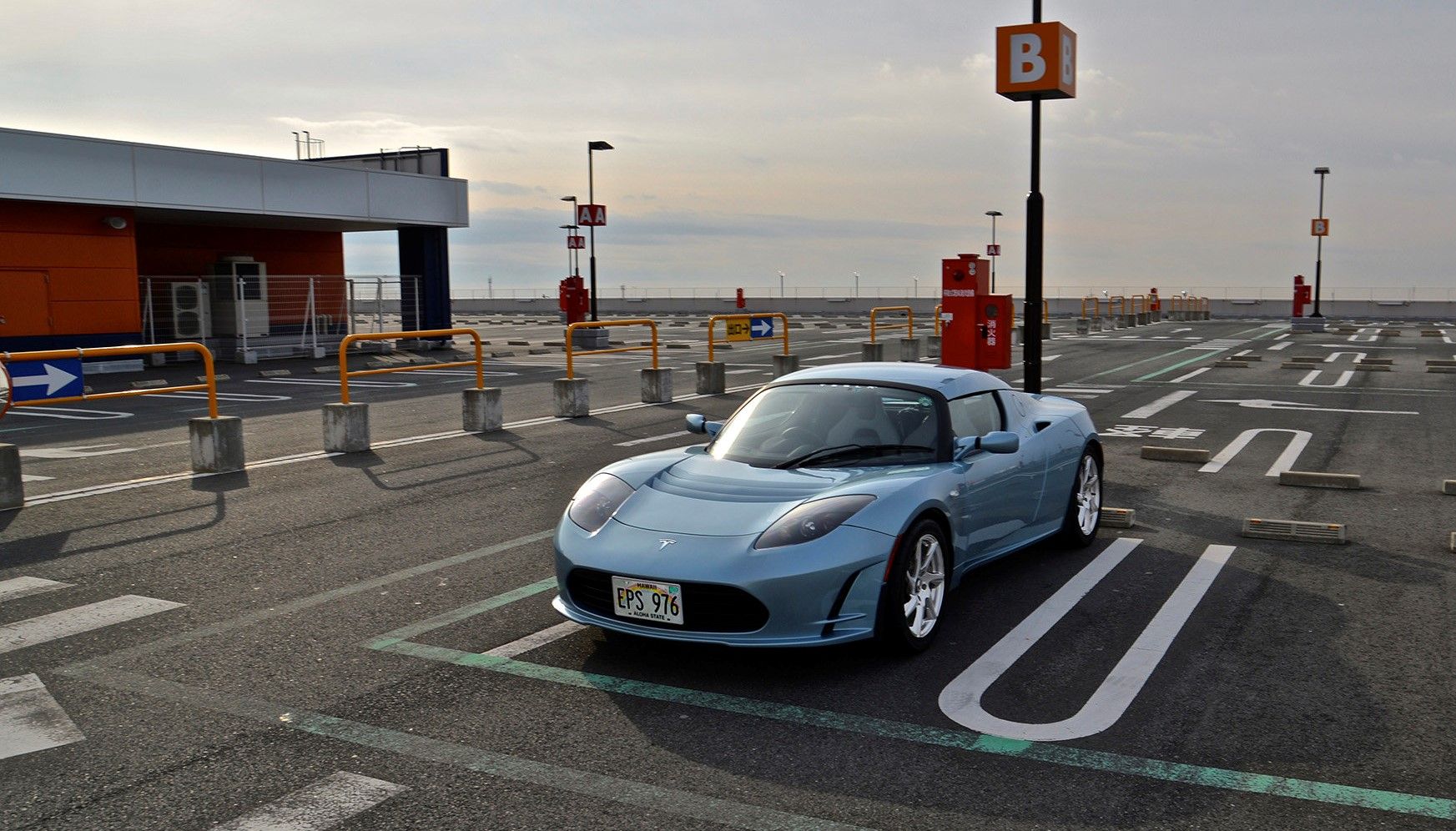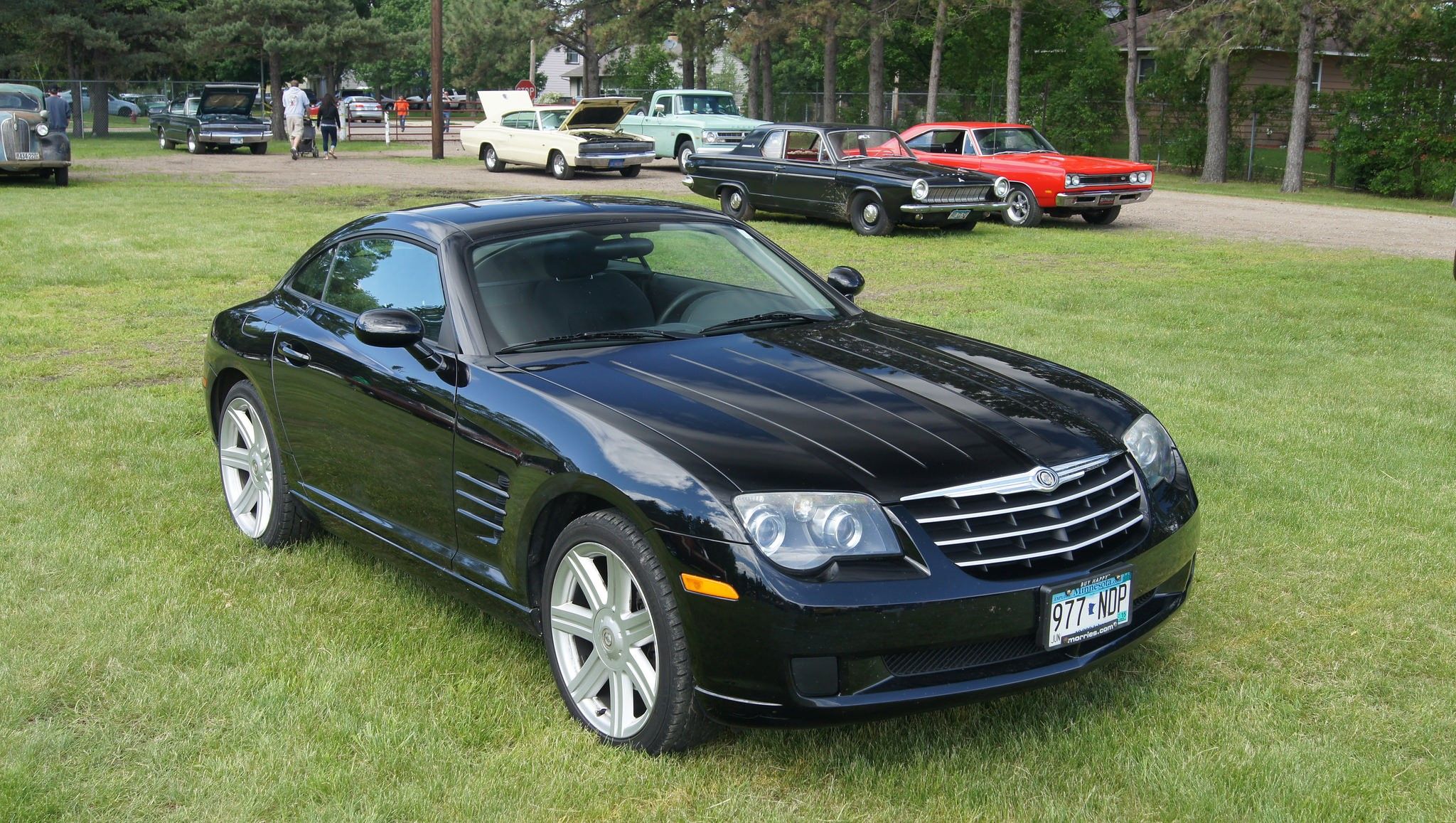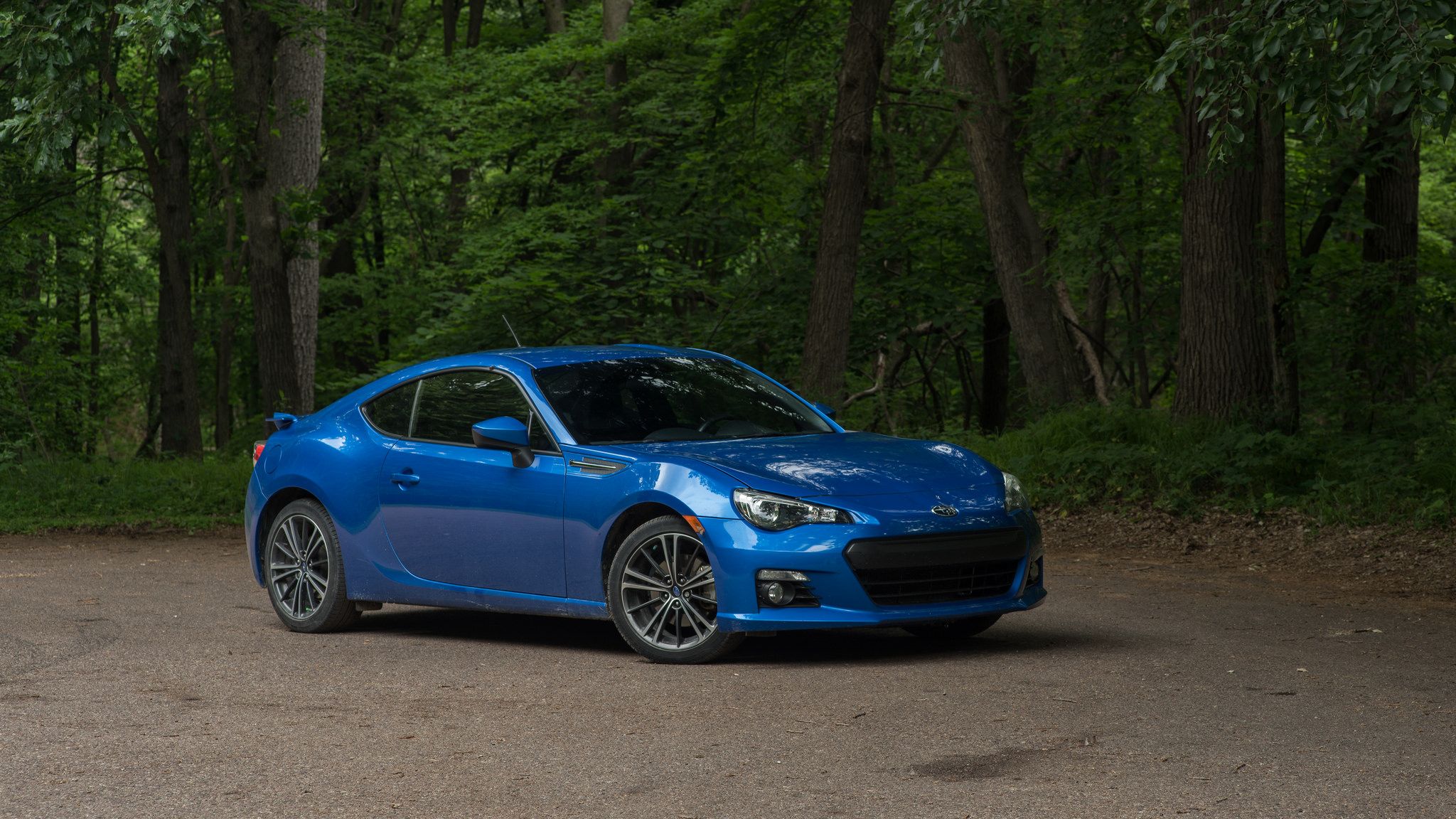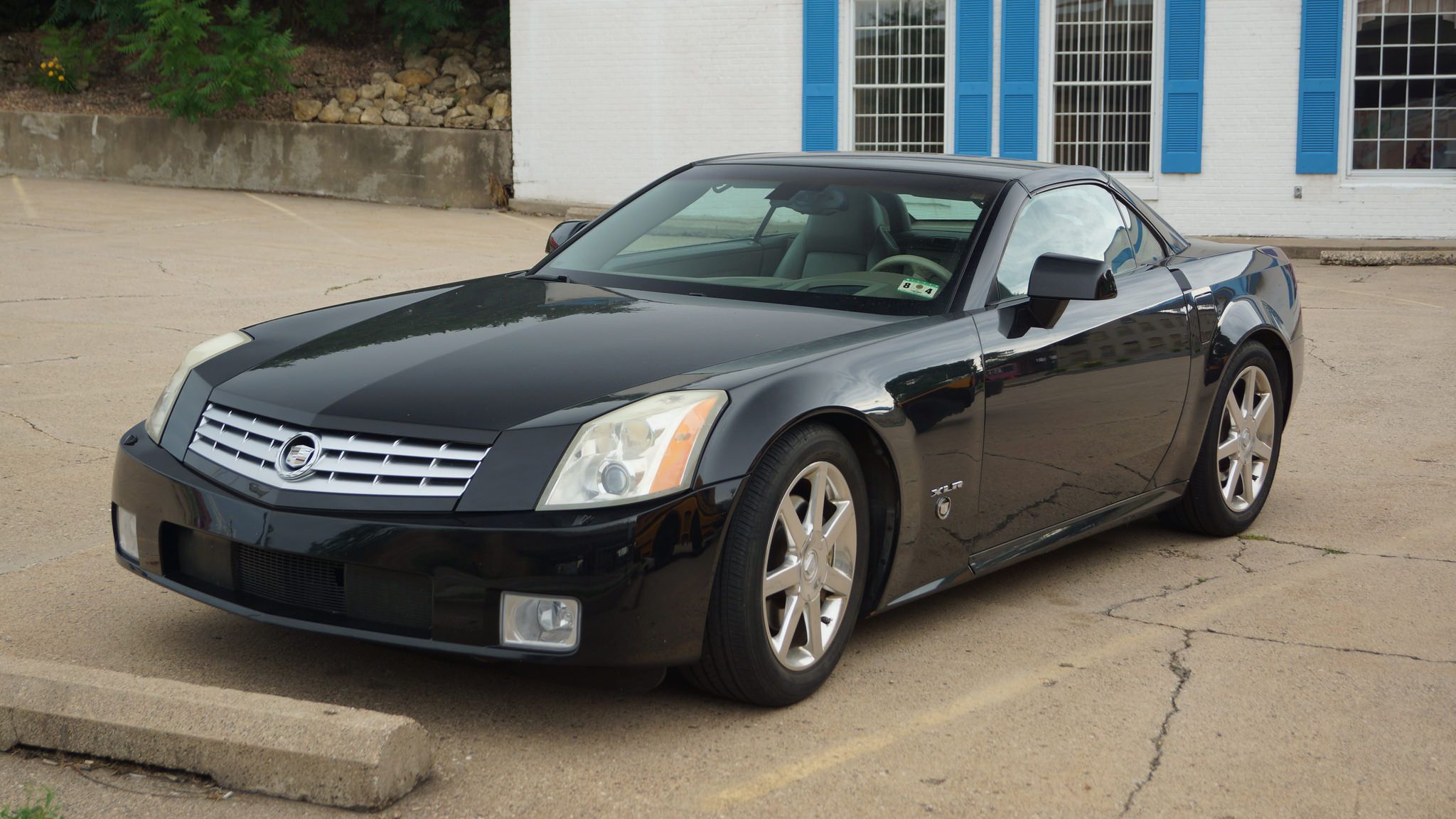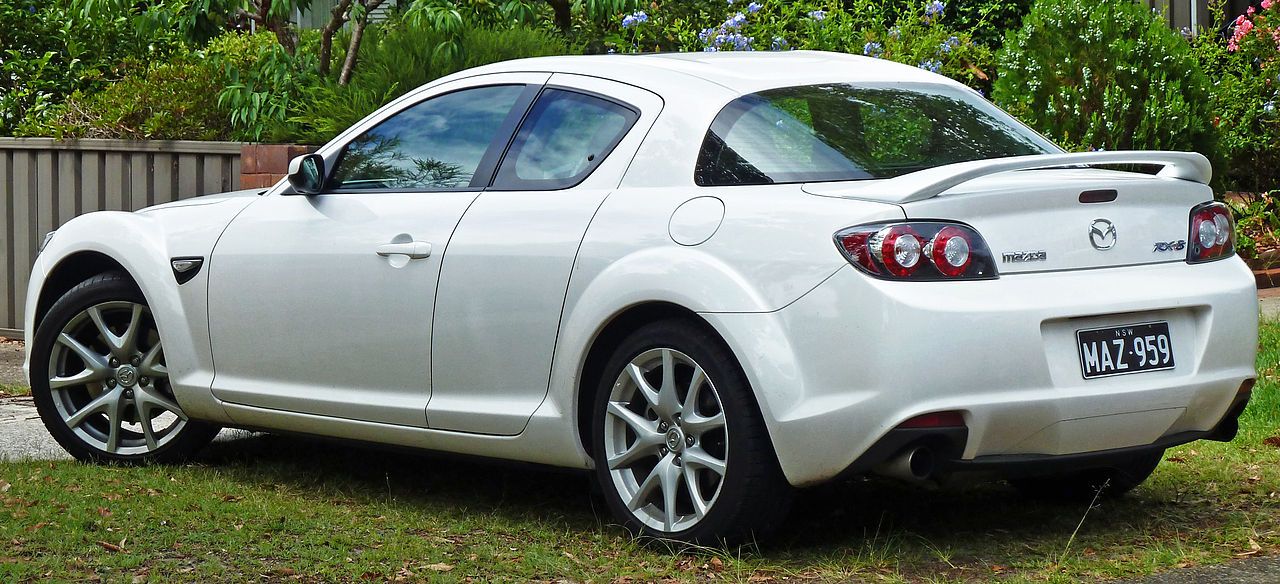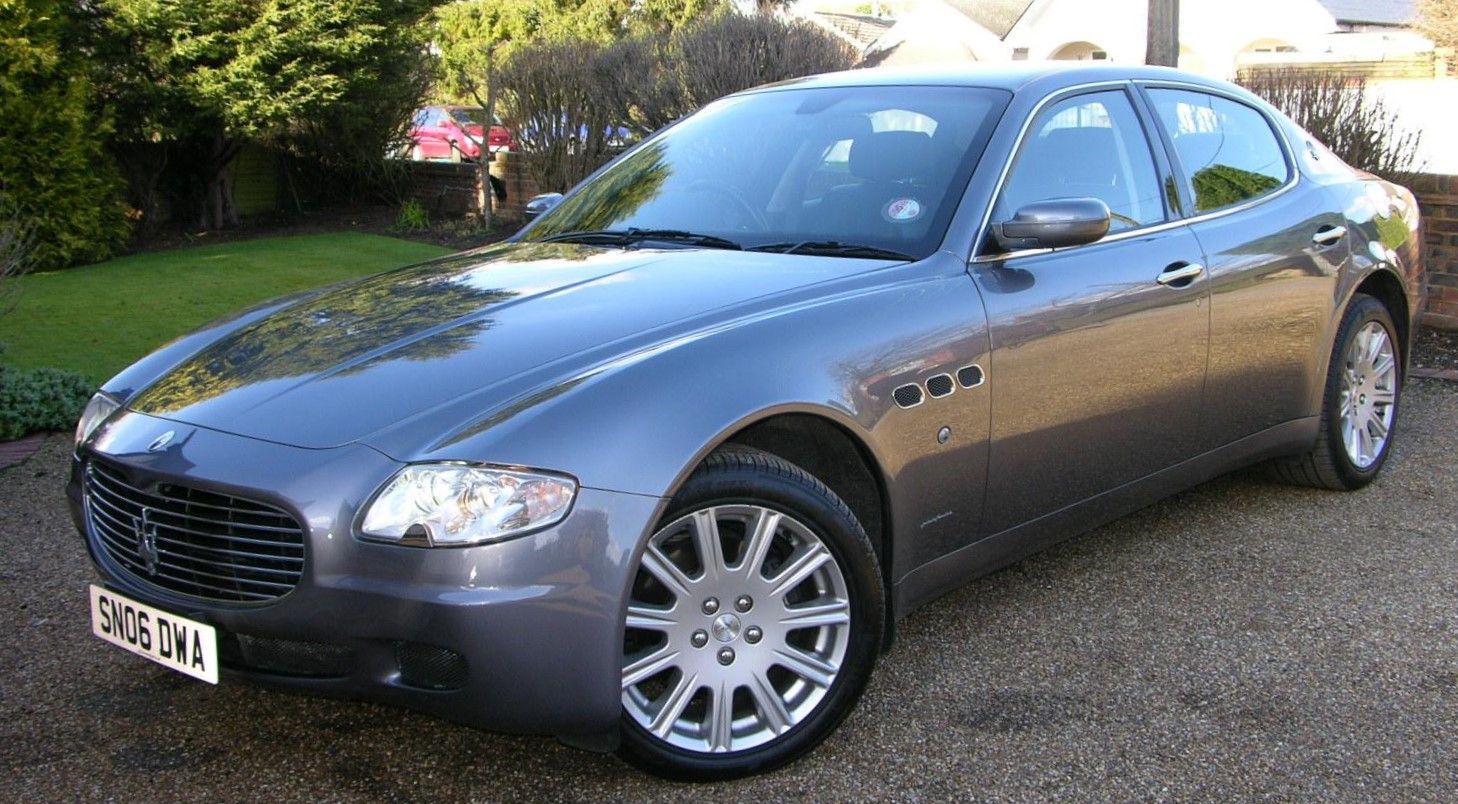Performance cars are the spice of life. They can make even the worst days feel better as long as you’re on the right road. Letting a muscle car stretch its legs on an empty highway or carving through a canyon with a buttoned-down sports car has a way of making problems melt away. Even affordable versions of these vehicles can put a smile on anyone’s face under the right circumstances. However, cars have become exponentially faster in recent years. Over the past decade, we’ve seen some incredibly quick, powerful, yet surprisingly affordable models hit the market. Despite their comparatively low price tags and less prestigious badging, these new cars can easily overtake older exotics.
As a result, once-exciting models have become rather mundane in comparison to their modern counterparts. Horsepower numbers have risen to frankly ridiculous levels and zero-to-60 times are now impressively quick. Even ordinary vehicles, like family sedans and pickups, offer remarkable performance. Sports cars have gained more balanced handling and turbocharged engines, and muscle cars have received unthinkable supercharged V8 power. Even supercars from a decade or two ago can’t compete with these new, more affordable models. As a result, some of these older examples aren’t a justifiable option when younger competitors will run circles around them. While these vehicles aren’t necessarily slow or bad, these 20 performance cars have undeniably lost some of their luster over the years.
20 Nissan GT-R
Make no mistake, the Nissan GT-R was a game-changing car when it was released long ago. Even today, it's still an impressive supercar killer. With a twin-turbo V6 under the hood, the GT-R produces incredible acceleration, all while being a four-seater and carrying a comparatively low price tag.
While this sports car is still an amazing machine, the GT-R’s age is catching up to it. Car and Driver’s Lightning Lap revealed that the Camaro ZL1 1LE was nearly four seconds quicker than the NISMO GT-R.
When a Camaro is quicker around a curvy track than the GT-R, then it’s time to give Godzilla an update.
19 Audi R8 4.2
It’s hard to go wrong with a mid-engine supercar. Even newcomers to the segment can be quite excellent, such as the Acura NSX and the Ford GT. Audi entered this prestigious market with the R8. It was an incredible offering, as it had a strong V8, a traditional manual transmission, recognizable styling, and a reasonable price in comparison to other supercars. However, after a couple of years, Audi introduced an R8 with a Lamborghini-derived 5.2-liter V10, which generated 105 more horsepower than the V8 model. Unsurprisingly, Audi eventually dropped the original motor, and now, the supercar is only offered with the V10 engine.
18 2003-2006 Dodge Viper
Generally speaking, the Dodge Viper will never become wholly outdated. There simply aren’t any other modern production cars that are as ridiculous as the Viper.
It was an uncompromising sports car that offered an enormous V10, a manual transmission, and not much else.
There’s a reason people think that it’s a dangerous vehicle. However, the redesigned 2003 Viper simply isn’t as remarkable as the other generations. It wasn’t as hardcore as earlier examples like the roofless RT/10, and it wasn’t as powerful the following examples, which could produce upwards of 600 horsepower. Simply put, the 2003 to 2006 Viper is the least exciting model.
17 2007-2009 Shelby GT500
The latest Shelby Mustangs are incredible machines, as the GT350 is a supercar killer on the track, and the most recent GT500 was a 662-horsepower, solid axle beast. However, earlier examples are no longer as impressive.
Released in 2007, the Shelby GT500 produced 500 horsepower from its supercharged 5.4-liter V8—an incredible output for the time but not so impressive today.
The current Mustang GT produces 460 horsepower without forced induction, and the supercharged Challenger and Camaro offerings blow the old Shelby away. Sure, 500 horsepower is hardly a small amount, but we expect more out of a supercharged V8 today.
16 2006-2012 Mitsubishi Eclipse
Budget performance cars can vary quite a bit, as different companies will take different approaches to save money. A particularly influential and affordable sports coupe from the ‘90s was the Mitsubishi Eclipse. While early, high-performance examples were turbocharged and all-wheel drive, later generations were paired with naturally aspirated V6 motors and front-wheel drive. While not as revolutionary as earlier cars, the final-generation Eclipse (prior to its resurrection as a crossover) was a competent and decently powerful offering. Today, however, rear-wheel driven alternatives are more widely available, as are powerful V6 and turbocharged cars. Perhaps, if the all-wheel-drive Eclipse hadn’t disappeared, it would’ve had a place in today’s automotive landscape.
15 BMW M5 E60
The E60-generation M5 was a surprising offering from BMW. Its engine was incredible—a 5.0-liter V10 that pumped out 500 horsepower, and it was the last naturally aspirated example of this iconic sports sedan. It provided performance that was only available from dedicated sports cars at the time.
While it's still a unique specimen, the sports sedan market moves quickly, and now, competitors like the Cadillac CTS-V, the Mercedes-AMG E63, and even later M5s are considerably faster than this old BMW.
The E60 model isn’t even the last M5 with a manual transmission, as the following generation was also offered with this desirable feature.
14 Chevrolet Corvette C5 Z06
The Corvette’s last three generations have received a Z06 model, a revised edition that provides more power, stiffer suspension, and a more hardcore demeanor. Both the C6 and C7 Z06 models provided an option that was considerably more powerful and buttoned-down than the standard Corvette but wasn't as incredibly powerful as the ZR1. For the C5 generation, the Z06 was the ultimate Corvette, serving up 400 horsepower, hard suspension, and a thunderous titanium exhaust. When the C6 rolled around, however, the standard model provided similar performance, and its Z06 variant was far more track-ready than its predecessor, leaving the C5 example redundant.
13 Nissan 370Z
There’s quite a bit to like about the Nissan 370Z. It has a high-revving V6, a fairly lightweight design, and a unique shape. It even puts out 332 horsepower. And even more with the NISMO package—not bad for a V6. Upon its release, the 370Z was a more balanced competitor to the bulky muscle cars that were coming out at the time but was similarly quick, hitting 60 in under five seconds, according to Motor Trend. Unfortunately, the 370Z’s competitors have gotten better since its 2009 release, and now, Mustangs and Camaros are nimbler, quicker, more practical, and cheaper than this aging Nissan.
12 Chevrolet Monte Carlo SS
In the mid-2000s, there was a muscle car drought. The two most noteworthy models were the four-door sedan Dodge Charger and the endlessly retro Ford Mustang. There were a few other examples, like the Monte Carlo SS, but these may not have helped the segment’s popularity. While earlier Super Sport Monte Carlos were powered by an increasingly outdated supercharged V6, Chevy crammed in a Corvette-derived LS4 V8 for 2006. While this V8 made the Monte Carlo rather quick, it didn’t change the fact that it was still front-wheel drive. While that may have been excusable when there were few other options, today’s muscle cars don’t make such compromises.
11 Jaguar XK
When it comes to two-seat luxury sports cars, Jaguar has built some of the best examples in history, and the XK was another excellent model from the company. The XK’s design is elegant in both its generations, and there were several supercharged variants as well, resulting in an attractive offering. However, when it comes to the early models, the Jaguar XK simply doesn’t provide the performance that one would expect from a high-end British touring car. With a 300-horsepower V8 and a 6.1-second zero-to-60 time, as reported by Motor Trend, nearly every modern sports car would run circles around this once-pricey Jaguar.
10 2006-2010 Dodge Charger R/T
While there were plenty of terrible vehicles released during the Daimler Chrysler years, the Dodge Charger wasn’t one of them. This big four-door sedan delivered performance that made this car live up to its name, thanks to a large 5.7-liter V8.
With a 350-horsepower motor, rear-wheel drive, and a roomy interior, the Charger R/T was an enthusiast’s alternative to cars like the Camry and the Impala. After all these years, however, the Charger has become a little lethargic.
Car and Driver recorded this Hemi-powered Charger hitting 60 in 5.6 seconds, which is slower than the new 2.0-liter turbo Honda Accord’s 5.5-second time, and other mid-size sedans aren’t far behind.
9 Aston Martin V8 Vantage
Aston Martins are always praised for their gorgeous styling and impressive performance, and the V8 Vantage was no exception. With sleek, elegant lines, the V8 Vantage was unmistakably an Aston Martin. When it was new, the Vantage also featured strong driving dynamics, as it was powered by a 380-horsepower, 4.3-liter V8 that sent power through a manual transmission. Despite all these bonuses, the Vantage doesn’t offer a driving experience that can’t be matched or exceeded by new Corvettes or BMWs. That said, you'll definitely look suaver in the Aston Martin, even if it's over 10 years old.
8 BMW Z3
If you want a small convertible sports car today, there aren’t too many options on the market. In the past, BMW offered a competitor in this limited segment known as the "Z3." Prior to its replacement, this two-seat convertible was a reasonable and more refined alternative to cars like the Mazda Miata. Later examples were quite powerful, as they could be equipped with stout straight-six motors, which could produce up to 315 horsepower in M trim. Earlier models simply didn’t offer much power, with the initial Z3s having a mere 1.9-liter four-cylinder that generated less power than a new Miata, a car that weighs less than the Z3.
7 Tesla Roadster
Over the last two decades, electric cars have improved considerably. Even Tesla, perhaps the most influential electric car brand, has built a more varied and attractive lineup since its early days.
The company’s first car was the Roadster, a Lotus Elise-based compact sports car that was a unique and eye-catching option in the zero-emissions market.
While it’s still a quick little car, every one of Tesla’s current family-friendly offerings is quicker in a straight line when equipped with the right motor options. Similarly, the attractive BMW i8 plug-in hybrid is a good, newer stand-in for the old roadster.
6 Chrysler Crossfire
Today, the Chrysler brand produces only two cars, but there was once a time when it was trying to expand its lineup. One of its more unusual models was the Chrysler Crossfire, a small two-seat coupe or convertible that had unique styling and Mercedes underpinnings. For the mid-2000s, the Crossfire wasn’t a bad offering, but it didn’t stay that way for long. Motor Trend recorded a convertible model taking nearly seven seconds to hit 60 miles per hour, a frankly embarrassing figure today, especially for a car with V6. While the supercharged SRT6 version was much quicker, it was only available with a five-speed slushbox.
5 Subaru BRZ
The Subaru BRZ and its Toyota clones is a good option for those looking for an affordable sports coupe. While it's always been widely criticized for its lack of power, this does mean that it's quite simple and easy to modify. However, there isn’t much to prevent the fact that the BRZ isn’t very quick. With only 205 horsepower on tap, the BRZ can’t surpass the six-second barrier when it comes to the zero-to-60 run. While straight-line speed isn’t the most important aspect of this car, there are similarly priced four-cylinder muscle cars that can outrun this coupe.
4 Cadillac XLR
The ZR1 wasn’t the first Corvette-based car to carry a six-figure price tag; instead, it was the Cadillac XLR. This version featured a plush interior and a folding metal roof. Strangely, Cadillac chose to utilize a Northstar V8 in the XLR, with the XLR-V receiving a supercharged variant of the motor rather than using the powerful and smooth Chevy LS motor. With the blower, the Cadillac produced 443 horsepower, and Road and Track found that it hit 60 in 4.3 seconds, which is plenty quick. However, in 2008, the standard Corvette was upgraded to a 430-horsepower motor, making it quicker than the six-figure Cadillac.
3 Mazda RX-8
Mazda was never able to perfect the rotary engine in production cars, unfortunately. The RX-8 was the company’s most recent attempt at creating a modern rotary-powered sports car, and it was a rather strange vehicle. Despite its small, naturally aspirated 1.3-liter motor, this engine pumped out a strong 247 horsepower in later examples—not bad for a car in its segment.
Sadly, the RX-8 hasn’t aged too well, as its lack of torque results in unimpressive acceleration times by today’s standards.
Ironically, the older RX-7 has aged considerably better, as it's far more attractive, and it features a more powerful twin-turbo rotary engine.
2 Maserati Quattroporte
The Maserati Quattroporte was a strong offering among sports sedans when it was redesigned for its fifth generation. This Quattroporte offered unique, subdued styling, making it attractive but not flashy. Best of all, this four-door sedan had a Ferrari-derived V8 engine, easily making it the best-sounding car in its segment. The single aspect that completely ruins this high-performance machine was the “DuoSelect” automated manual transmission, which is horribly clunky and unrefined in normal driving scenarios. It was so bad that Car and Driver’s review of the later automatic model was subtitled “How it should have been at the start.” Todays dual-clutch and conventional automatics are simply better.
1 Ferrari 360
In many regards, the Ferrari 360 is an incredible car, both with regard to what it was when it was new and what it is today. With a minuscule 3.6-liter V8, this supercar could hit sixty in 4.6 seconds when equipped with the F1 gearbox, according to Car and Driver. Today, however, there are new cars that cost less than $50k that can outrun this mid-engine supercar. While the 360 is still a great car, it’s incredible that comparatively cheap sports and muscle cars can accelerate quicker than Ferraris from the early 2000s. It really shows how great modern cars have become.
Sources: Car and Driver, Motor Trend, Road and Track

